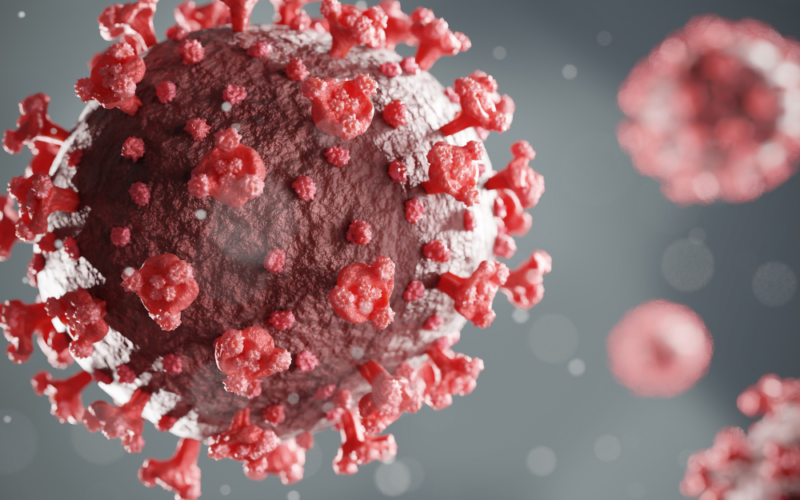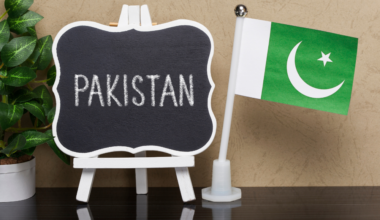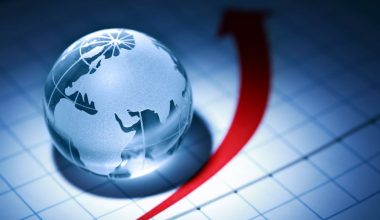Soon most countries around the world will be confronted with the question that Donald Trump has raised. How do we make sure that the cure is not more damaging than the malady itself? There is no magic lever to pull, we are all learning. Learning from experience is the key. Knee jerk reactions will not do.
Balancing risks posed by economic inactivity against those posed by virus calls for rational foresight and theoretical insight. Tough decision. I would like to think that I would know what to do in that case, but I am not sure I would. Always easier from an arm chair, even more so in social isolation.
However, the age old question of balancing ‘step risk’ against ‘state risk’ has raised its head. That is, what level of steps to take to mitigate the risk posed by a naturally arising state, a slash of the cosmic scythe like Covid-19?
Flattening the curve is a priority but there is no need to panic. You cannot reduce the risk of crossing a minefield by running faster. The answer lies in macro-structure steps regulating micro-level human affairs, till a vaccine is found and becomes globally available. But first flatten the curve to allow more time for progress on the solution and other favorable natural factors to culminate.
Many features conspire to make this control problem unique and lacking in historical precedent. At the same time, we also have unprecedented amount of skills, means, and intelligence available to find and implement the best possible solutions. We are extremely lucky to be living to contend with Covid-19 in 2020 and not with, for instance, Spanish Flu in 1918.

We have to remember that the last real Depression, which began in 1929, led to bloody revolutions, horrible genocides, and the most destructive war in the human history yet. Almost a hundred million are said to have died as a consequence of the Great Depression. The depression before that one (triggered by South Seas Bubble in 1720), resulted in a half-century of war, climaxing in the 7 Years’ War, which was the first real world war, fought on most of the continents.
This adequately shows us that we need to manage both risks and be mindful at what point the prospect of a great depression becomes a bigger risk than the virus. I don’t have the answers, but I ardently hope that people leading us will act with wisdom, balance, and sense of history.
Already the economic devastation that will follow the virus is a huge threat. In that Trump is right. Any actions must be balanced. Winning the battle against the virus with an outcome entailing millions of unemployed, whole industries bankrupt, and the destruction of the middle class will be equally destructive. There is a point when cure kills the patient.
Perhaps China is showing the path. Flatten the curve first, redefine social protocols, and then move on with life. We can accept that there is an element of risk in human interaction just as there is in the interaction of cars on the road. There are protocols for them to keep at a safe distance and interact in a secure manner. We can also adopt the desired protocols for human interactions till the risk exists.
Sapiens should have also known that eating wild meat or intimacy with animals without proper inoculation is a serious anthropogenic risk. Hope we learn from this now that it has manifested itself at the sub-existential risk level. I do hope, we will learn from the shock therapy by the sub-existential blow of Covid-19.That sapiens will get their act together before the next major state risk strikes. That our species might learn to avoid war, that international relations around the world might come to resemble those between Germany and France, which now live in peace and harmony after having been at each other’s throat for centuries. Unless we are capable of this learning and adjusting, all cognitive and technological enhancement is undesirable as it will merely serve to burn the fuse faster.







